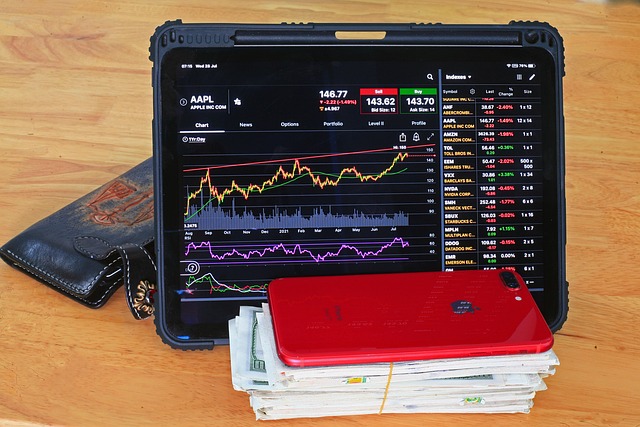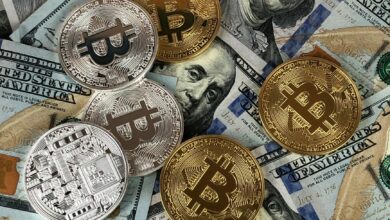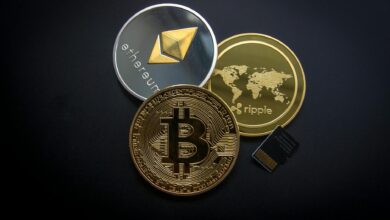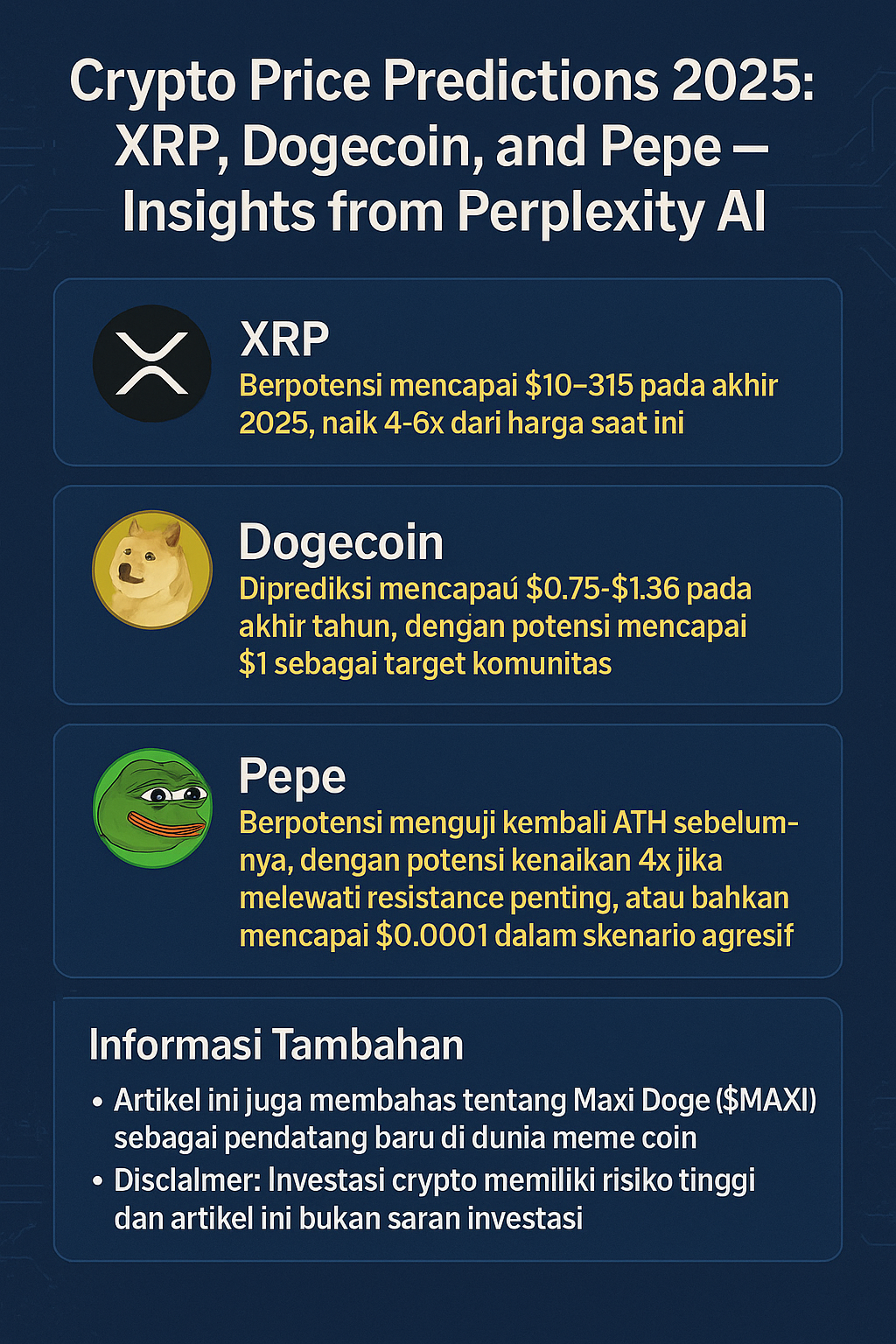What Is Altcoin Season in Cryptocurrency? A Complete Beginner’s Guide

Introduction: The Rise of Altcoin Season
If you’ve been around the cryptocurrency world for a while, you’ve probably heard the term “Altcoin Season” — or “Alt Season” for short. It’s one of the most exciting (and sometimes confusing) periods in the crypto market.
During this time, alternative cryptocurrencies (altcoins) — meaning any coin other than Bitcoin — begin to outperform Bitcoin in terms of price growth. For traders and investors, altcoin season can be a gold rush, offering massive returns in a short period of time.
But what exactly triggers an altcoin season? Why does it happen? And how can investors identify and navigate it safely?
Let’s break it down in this in-depth, beginner-friendly guide.
What Exactly Is an Altcoin?
The term altcoin is short for “alternative coin.” It refers to any cryptocurrency that isn’t Bitcoin.
After Bitcoin’s creation in 2009, developers began building their own digital currencies, each with unique features, purposes, or improvements on Bitcoin’s design. Today, there are over 10,000 altcoins in circulation — from Ethereum (ETH) and Solana (SOL) to Cardano (ADA), Avalanche (AVAX), and even meme coins like Dogecoin (DOGE) and Shiba Inu (SHIB).
Altcoins generally fall into a few categories:
Layer-1 coins: Base blockchain networks like Ethereum, Solana, or Avalanche.
Layer-2 solutions: Scaling technologies built on existing chains (e.g., Polygon).
Stablecoins: Pegged to fiat currencies like USDT or USDC.
Utility tokens: Used within ecosystems for specific purposes (e.g., BNB or Chainlink).
Meme coins: Fun or community-driven tokens that often go viral (e.g., Dogecoin, Pepe).
What Is Altcoin Season?
Altcoin season refers to a period when altcoins significantly outperform Bitcoin in terms of price growth and market returns.
In simpler terms, it’s when money starts flowing out of Bitcoin and into other cryptocurrencies, causing altcoin prices to skyrocket.
During alt season:
Bitcoin’s dominance (its share of the total crypto market cap) usually declines.
Smaller coins can increase by 100%, 500%, or even 1,000% in weeks.
Investor sentiment shifts from “safe” assets like Bitcoin to high-risk, high-reward plays.
This cycle happens periodically and is driven by a combination of market psychology, liquidity rotation, and technological trends.
Why Does Altcoin Season Happen?
Several factors typically trigger an altcoin season. Let’s explore the most common ones:
1. Bitcoin Consolidation
After Bitcoin experiences a massive rally, its price often stabilizes or moves sideways. When Bitcoin’s volatility drops, investors start seeking higher returns — and turn to altcoins for potential profit.
2. FOMO and Market Sentiment
When traders see altcoins doubling or tripling in value, FOMO (fear of missing out) kicks in. This mass enthusiasm pushes prices even higher, creating a self-reinforcing cycle of hype and investment.
3. Innovation and New Projects
New blockchain projects or updates (such as Ethereum upgrades or new DeFi protocols) often ignite interest in altcoins.
For example, the DeFi boom of 2020 and the NFT surge in 2021 both triggered mini altcoin seasons.
4. Lower Bitcoin Dominance
Bitcoin dominance measures how much of the total crypto market capitalization is held in Bitcoin.
When this percentage falls — typically below 45% — it signals that altcoins are capturing more market attention.
5. Increased Liquidity and Retail Involvement
During bull markets, new investors enter the crypto space, adding liquidity. Since Bitcoin may seem “expensive,” many opt to buy cheaper altcoins, fueling rapid price increases.
How to Identify When Altcoin Season Is Starting
Spotting altcoin season early can be highly profitable. Here are key indicators to watch:
Bitcoin Dominance Declines:
A steady drop in Bitcoin’s market share often signals capital rotation into altcoins.Ethereum Outperforms Bitcoin:
ETH is often seen as a leading indicator. When ETH/BTC rises, it usually hints that altcoins are gaining momentum.Massive Altcoin Gains in Short Periods:
Dozens of altcoins start showing daily gains of 20–50% or more — a classic alt season sign.Social Media Hype:
Crypto Twitter, Reddit, and YouTube buzz about “hidden gems” and “next 100x altcoins.”Stable Bitcoin Price:
When Bitcoin trades in a stable range (neither crashing nor pumping), investors feel more confident speculating in altcoins.
Examples of Past Altcoin Seasons
1. 2017 Altcoin Boom
During the 2017 bull run, projects like Ethereum, Ripple, and Litecoin exploded in value, with some rising over 10,000%. It marked one of the earliest and most dramatic altcoin seasons in crypto history.
2. DeFi Summer 2020
Decentralized finance (DeFi) projects like Uniswap (UNI), Aave (AAVE), and Compound (COMP) surged as users discovered yield farming and decentralized exchanges.
3. 2021 NFT and Meme Coin Mania
In 2021, the altcoin market went wild again. Dogecoin and Shiba Inu saw exponential gains, while Ethereum reached all-time highs thanks to the booming NFT ecosystem.
Risks During Altcoin Season
While altcoin season can offer massive profits, it also comes with significant risks.
1. Extreme Volatility
Altcoins can rise fast — but they can crash just as quickly. It’s common to see 50–80% pullbacks after a rally.
2. Pump-and-Dump Schemes
Unscrupulous groups sometimes manipulate low-cap coins, pumping prices artificially before dumping them on unsuspecting buyers.
3. Lack of Fundamentals
Many altcoins are speculative with little real-world use. Investors chasing hype often end up with worthless tokens.
4. Market Cycles
Altcoin seasons don’t last forever. They’re usually followed by a sharp correction when money flows back into Bitcoin or exits the market entirely.
How to Invest Wisely During Altcoin Season
Here are a few practical strategies for navigating altcoin season safely:
Diversify Your Portfolio:
Don’t put all your money into one altcoin. Spread your risk across several quality projects.Focus on Fundamentals:
Invest in altcoins with real-world utility, active development, and strong communities.Take Profits Regularly:
Don’t wait for “the top.” Sell a portion of your holdings as prices rise.Beware of FOMO:
If something sounds too good to be true, it probably is. Avoid chasing coins just because they’re trending.Use Secure Wallets:
Store your altcoins in reputable wallets, not on centralized exchanges that can be hacked.
Conclusion
Altcoin season is one of the most thrilling periods in cryptocurrency markets. It represents a time when innovation, speculation, and excitement collide — creating opportunities for enormous gains and equally steep losses.
Understanding the mechanics behind altcoin season can help you make smarter, more strategic decisions instead of relying on hype and emotion.
Final Advice
If you’re a beginner, start small. Study market cycles, learn to read charts, and focus on projects with solid fundamentals. Remember that every bull market is followed by a bear market — so protect your capital and think long-term.
In the end, altcoin season is more than just a trading event — it’s a reflection of crypto’s evolving landscape and the endless creativity driving the future of digital finance.















